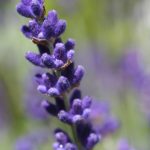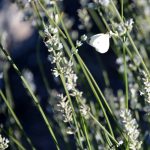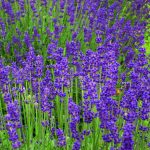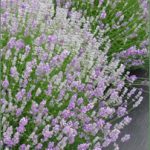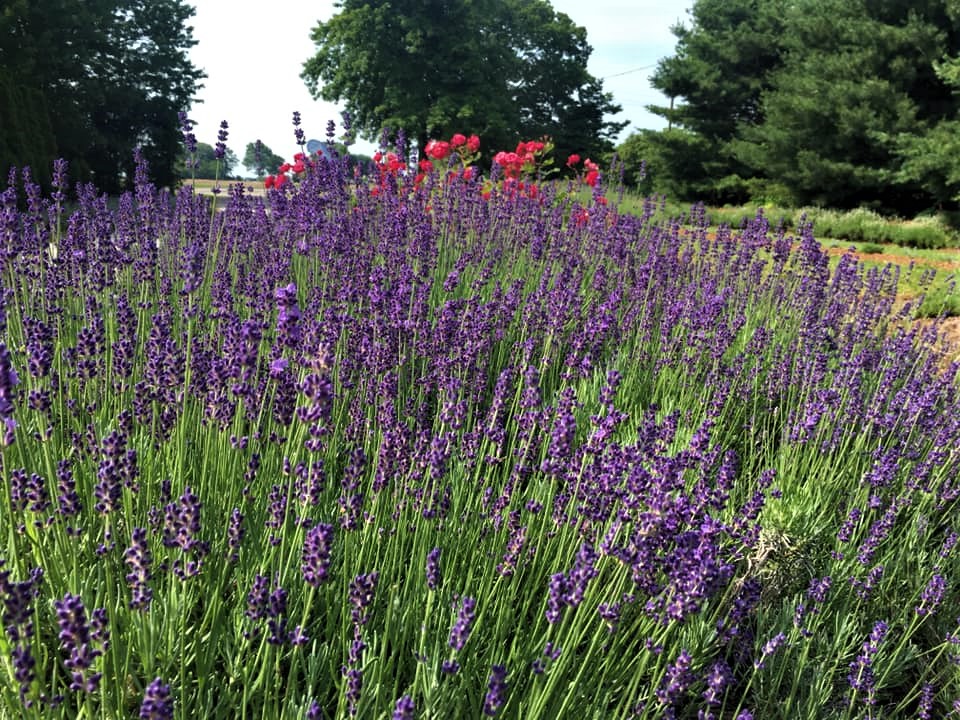A Gardener’s Guide for Growing Lavender
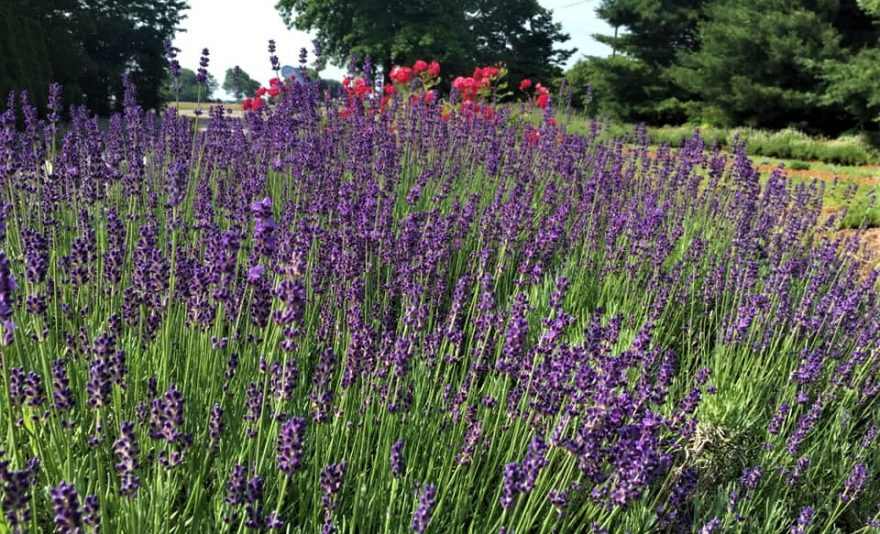
Get ready to plant lavender in your garden this season.
January is a terrific time to design your landscape, choose the flowers and vegetables that you want to grow this year, order seeds and get leads and information on how to grow your favourite plants. And so, its a perfect time to share some tips on how to grow lavender.
The focus is on Lavandula angustifolia which is commonly known as English lavender. It comes in assortment of colours from deep purple to lavender and even a blush pink that is so light that you’d swear it looks white in mass plantings. Lavender with its lovely fragrance is part of the mint family. It has made a come back in recent years and is now commonly grown in home gardens for it’s beautiful aroma, pretty flowers, culinary and therapeutic benefits – and isn’t it just a romantic plant that takes our stress away?
Quick Lavender growing tips
This easy-care plant typically enjoys hot, dry conditions, making it suitable for use in a variety of landscape settings and an excellent candidate for beginner gardeners or those who tend to forget to water their gardens. Once it is established this plant is very forgiving although it is important to keep in mind that lavender is drought tolerant not drought resistant, so in dry years it will still need some TLC.
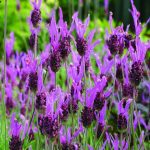
Lavender Stoechas with its pretty butterfly wings in not suitable for overwintering in Ontario lavender gardens
Although Lavender stoechas is readily available at garden centres across Ontario in the springtime. This pretty butterfly petalled tenSome der heat loving varietal will not withstand overwintering in Ontario even in the mild winters of Essex County. It is more adept to the indoors or more the temperate climates of Spain or Texas and can only tolerate winter temperatures around 45 degrees.
Keep reading to learn more about lavender plant care.
How to Grow Lavender in the Garden
Lavender seeds are very slow to germinate and often not successful. Beginner gardeners are best advised to purchase seedling plants in 4 inch pot. This is the most reliable way to grow lavender. Growing lavender plants is an easy endeavor provided you give them what they need. Although lavender can tolerate a variety of growing conditions, this plant thrives best under warm, sunny conditions in well-drained soil.
To grow lavender outdoors choose a area that has full sun. If it is planted in partial shade the plant will reach for the sun and not have any flowers on the shady side. Sandy loams are ideal. If you have clay amend the soil by adding sand, vermiculite and some gravel. Plant the lavender in raised beds or mound the soil. During the first few weeks pinch the flowers so that the lavender plant puts its energy into growing a healthy root system. The plant should be watered weekly and given a light fertilizer feeding for the first 3 months. If it is a dry year then continue watering regularly.
Lavender is native to arid regions, the plant will not tolerate moist or overly wet conditions; therefore,
it’s important to consider location when growing lavender plants, especially in Ontario where we have wet springs and falls. That’s why it’s recommended to mound clay soil to raise the plant so if its a rainy year they don’t get their feet too wet.
Lavender should be located in areas with adequate drainage and spaced far enough apart to ensure good air circulation. Be sure to clear away leaves or mulch in early spring. This will help reduce the chance of developing root rot.
Lavender Plant Care
Once established, lavender plants require little care or maintenance. While they should be watered regularly early on, established plants need water in dry years and a bit of fertilizer after blooming. Regular pruning is recommended in the fall time. Pruning not only keeps lavender plants neat looking in appearance, but also helps to encourage new growth. Lavender can be cut back to about a third of the new growth. Severe pruning is only recommended in years of heavy frost.
We’ll share more tips for growing lavender including information about pruning, harvesting and varietals we grow in future blog posts.
Trackback from your site.

